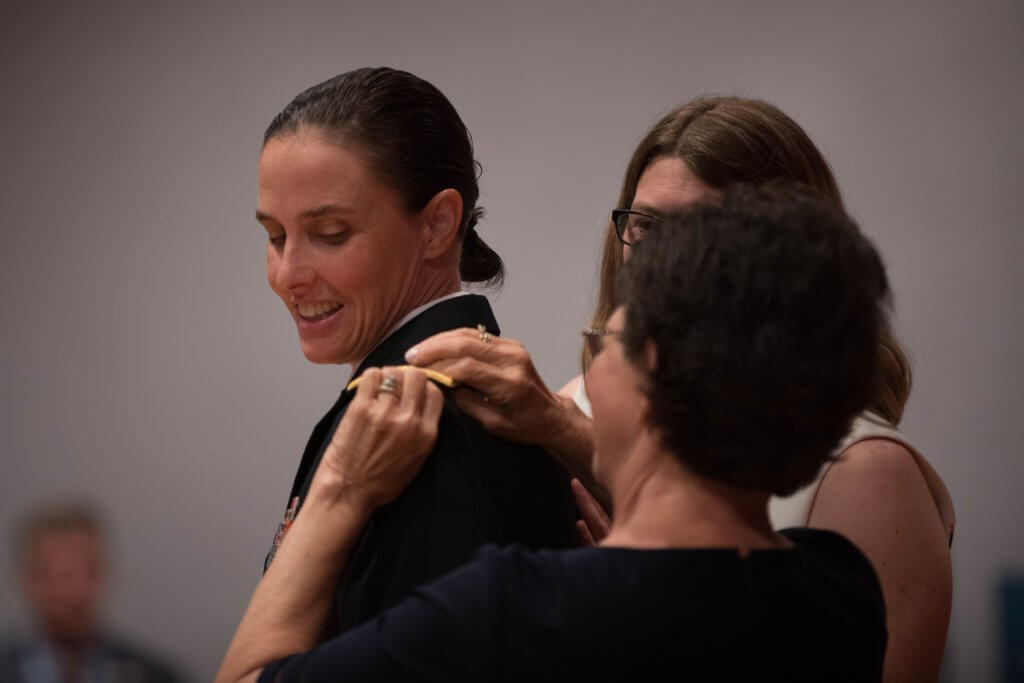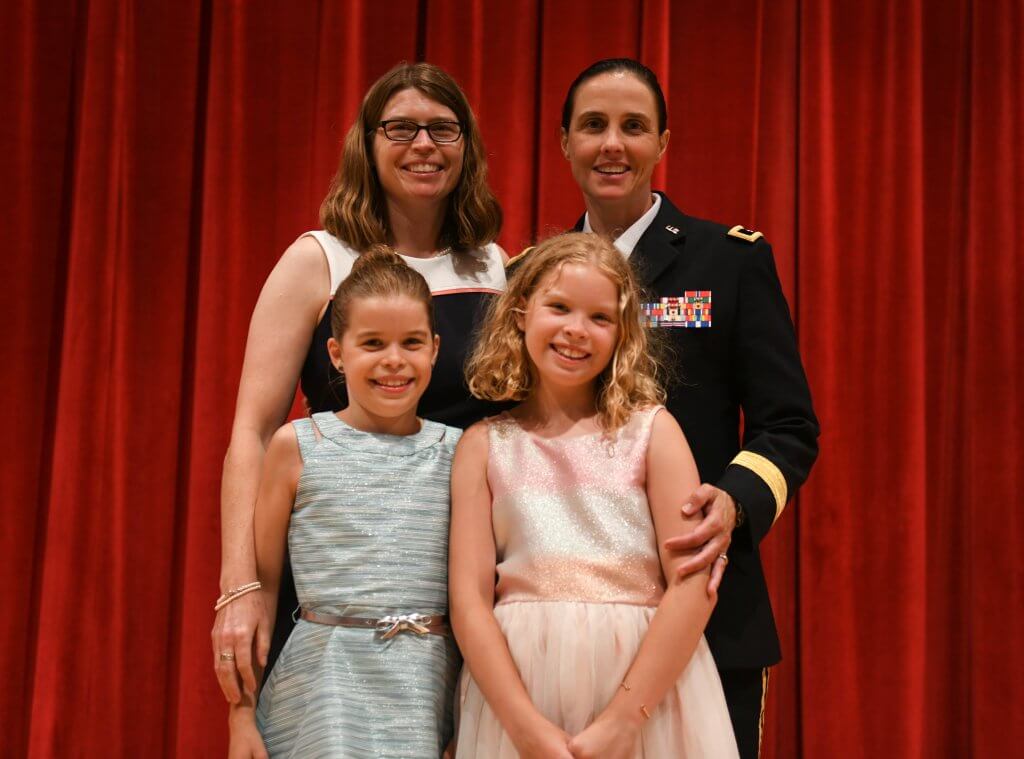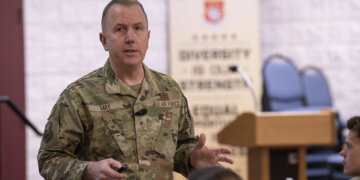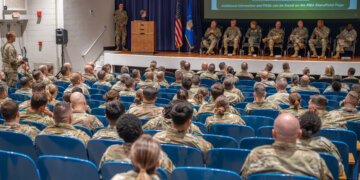A soldier says women are one Google search away from a new career field.
Brig. Gen. Stefanie Horvath was initially introduced to the idea of building a career in technology after seeing her mother, Catherine, work her way from secretary to IT director at Minot State University.
“She triggered an idea to do technology because I really hadn’t thought about it while I was at college. It would strike me after college that this is something I liked — I really liked databases, I liked figuring out formulas in Excel, so I took just a little small class — I think it was Office 97 at the time,” she said. “… I found out the Minnesota Army National Guard regional training institute was looking to do automation training and just because of those classes I took, then that was it. My role into technology has not been one of formal education, it’s been one of practitioner and experiential.

Horvath, who is the second woman to attain the rank of brigadier general in Minnesota Army National Guard history, enlisted in 1989 in the North Dakota National Guard while she was still in high school. In her youth, she was playing the French horn and performing in orchestras while she figured out who she was and what she wanted to do, though, she says she always knew she would serve.
“I knew I kind of wanted to serve; the services were appealing for whatever sense of adventures, way to learn, way to kind of expand, and then of course, a way to pay for college. I was really interested in a way to pay for college,” she explained.
After enlisting, Horvath pursued a commissioning but admits the requirements of opera performances and the officer basic course competed with one another. But she also says there were women leaders who inspired her unknowingly.
“I have to admit there were some really awesome female officers in North Dakota. Many who have now gone on to great and wonderful things. … They were quietly serving professionals and yet, they were mentors without being told they were mentors. So, yeah, there were some great female officers who were great examples. I think at the time, I was young and just trying to figure out who the heck I was and what I was trying to do,” she said.

Making the case for informal learning
Computer and information technology occupations are projected to grow by 12% through 2028, according to the Bureau of Labor Statistics, with an annual median wage of $86,320 — nearly triple other industries. Because of her own success with hands-on learning, Horvath is an advocate of informal education programs.
“There are so many interesting online educational opportunities, from YouTube videos to CYBRARY — an amazing, online institute that will teach you every programming language, everything you need to know to be a SOC analyst; there are so many opportunities that women can just try out and see if they like it and if they like it, great keep going; and if they don’t like it, then that’s OK too and try something else,” she explained.
She adds that women, in particular, have skills that make a great fit for IT.
“The thing is that sometimes women don’t believe they have amazing logic and analysis skills, and that really is at the heart of programming. Programming is very logical; you know there’s input, there’s processing and there’s output. And women have tremendous logic and they can bring that sort of competency or cognitive ability to logical thinking,” she said. “Technology is so much more than sitting in front of a computer and writing a thousand lines of code.”
For women looking to explore this career path, Horvath recommends connecting with women-in-tech clubs and associations along with platforms like GitHub.
Read comments












































